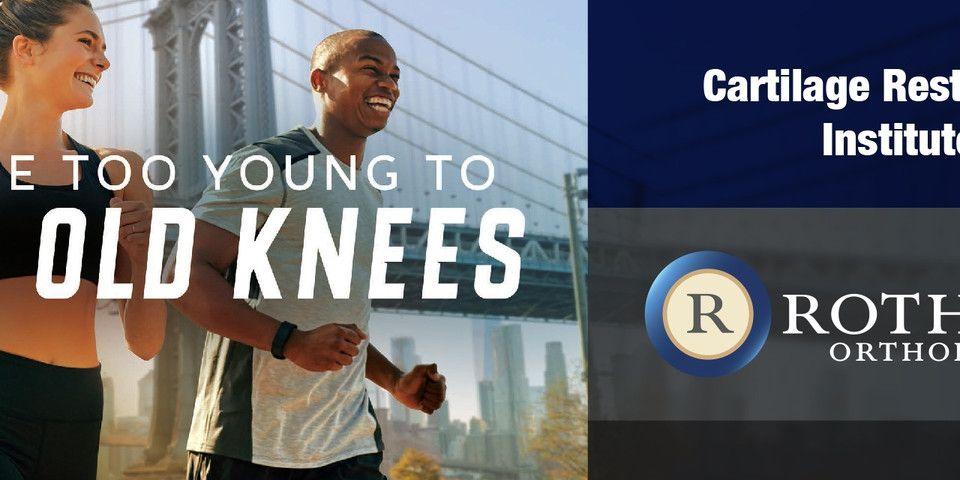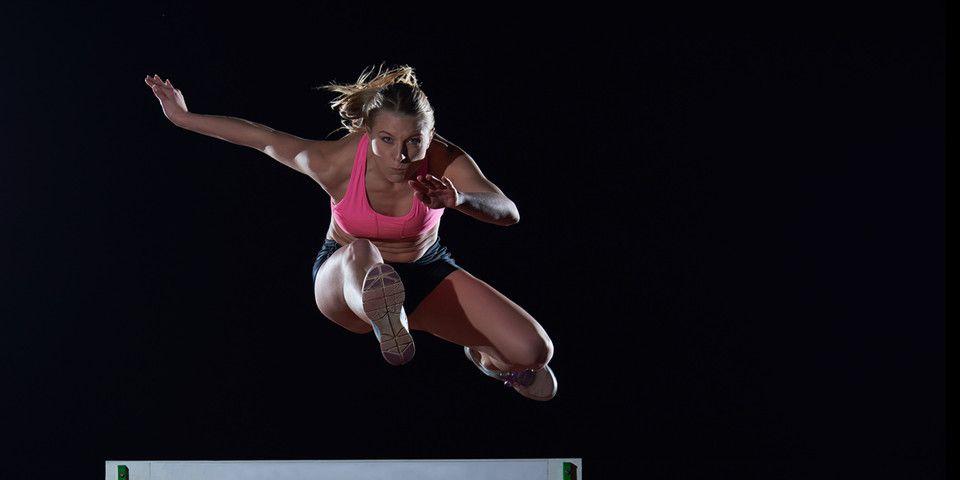Why Get PRP Treatment?
Learn How PRP Therapy Could Help You
Chronic overuse and traumatic injuries from sports are common but often difficult to treat. Tissue repair may occur too slowly for athletes who are looking for a fast, complete recovery as soon as possible. The healing process is complex, involving bioactive proteins and other elements that stimulate cellular growth, also known as growth factors.
Platelet Rich Plasma (PRP) treatment was developed to enable patients to produce these growth factors at an accelerated rate. Using the patient’s own blood, PRP injections provide a concentrated dosage of the elements needed to promote tissue repair.
PRP treatment involves isolating one element of the blood for injection into the site of injury. To understand how it works, it’s important to know the difference between plasma and platelets.
What Is Plasma?
Plasma refers to the liquid aspect of the blood, which carries red and white blood cells. Though plasma is mainly water, it also contains proteins, glucose, nutrients, and antibodies.
What Are Platelets?
Platelets are a normal part of the blood, like red and white blood cells. While they do not have restorative properties by themselves, platelets do secrete the growth factors involved in cell division, tissue regeneration, and healing. Platelets also help with blood clotting to prevent excessive bleeding.
The Procedure
A platelet-rich plasma injection can be done at the doctor’s office. The entire process requires 30 minutes to draw the blood, spin it in the centrifuge, and inject it into the injury site. It can be challenging to find a physician that offers this treatment, though it is more commonly provided by Sports Medicine doctors.
Rothman Orthopaedic Institute now offers PRP treatment for a variety of conditions, including cartilage injuries, osteoarthritis, and some tendon injuries. These injections can stimulate healing and relieve pain. Ask your Rothman Orthopaedic Institute doctor if PRP treatment is appropriate for you.
How Is Platelet-Rich Plasma Obtained?
Though it may sound like a complex process, it is actually quite simple. Blood is withdrawn from a vein in the patient’s arm and placed in a centrifuge, a special machine that spins at a high speed to separate the blood cells. The doctor extracts the platelet portion of the blood and injects it into the area of injury.
How Is It Injected?
The PRP injection takes place as soon as the blood has been spun and separated into platelets and plasma. Some doctors may use an “activating agent,” such as thrombin or calcium chloride, to improve the performance of the treatment. Studies have shown that the tendons can also activate the PRP, making an activating agent unnecessary in some cases. Depending on the nature of the injury and your physician’s approach, you may receive one injection or several over a span of weeks.
What Injuries Benefit from PRP Treatment?
The research has suggested that PRP therapy is more effective for treating some injuries than others. At Rothman Orthopaedic Institute, the treatment has been used for:
-
Tennis elbow (elbow tendonitis)
-
Jumper’s knee (patellar tendonitis)
-
Acute muscle tears
-
Mild diffuse cartilage injuries
While PRP is not covered by all medical insurers, a growing body of research shows its promise for the treatment of tendon and cartilage conditions:
-
An animal study of PRP demonstrated its use in aiding cartilage repair, which is important to avoid progression into osteoarthritis.
-
One of the largest studies examining PRP treatment involved 230 patients with tennis elbow, with each group receiving either PRP or traditional treatment. After 24 weeks, 84% of patients who had been injected reported a reduction in pain of 25% or more. 68.3% of the control group presented similar results.
-
A study involving 99 tendons with chronic inflammation received injections after suffering symptoms for an average of three years. The tendon conditions included tennis elbow, jumper’s knee, hamstring tendinosis, Achilles tendinosis, and plantar fasciitis. After PRP therapy, the majority reported pain relief, with those who received leukocyte-poor PRP experiencing the best results.
Seek PRP Treatment at Rothman Orthopaedic Institute
If you’re an athlete with a chronic condition that has not improved with conservative treatments, then PRP may be an option to consider. Rothman Orthopaedic Institute doctors utilize the best, most appropriate treatments when caring for patients with sports injuries. We ensure that each patient benefits from a comprehensive treatment plan that treats the root cause of the orthopaedic condition. In other words, we aim to facilitate healing in the most effective manner possible.
To consult with one of our specialists about PRP or other treatments, please contact us at 1-800-321-9999 or visit us here to learn more.
Related Physicians
Related Specialties
Related Treatments
Related Programs
-

Cartilage Restoration Institute
This is a center where patients can go to have their disabled joint biological resurfaced, realigned, and stabilized without having the joint replaced by artificial materials such as metal and plastic. It is well known that the outcomes of patients under the age of 50 undergoing artificial joint replacement are not as good as we would like. Therefore we feel the future of Orthopaedics is to try to restore a joint back to its original anatomy by realignment, ligament reconstruction, and cartilage restoration.Read More -

Women’s Sports Medicine Program
The Women’s Sports Medicine Program at the Rothman Orthopaedic Institute is the first of its kind in the Philadelphia metro area and one of only several such programs specializing in the comprehensive care of the female athlete in the country.Read More




